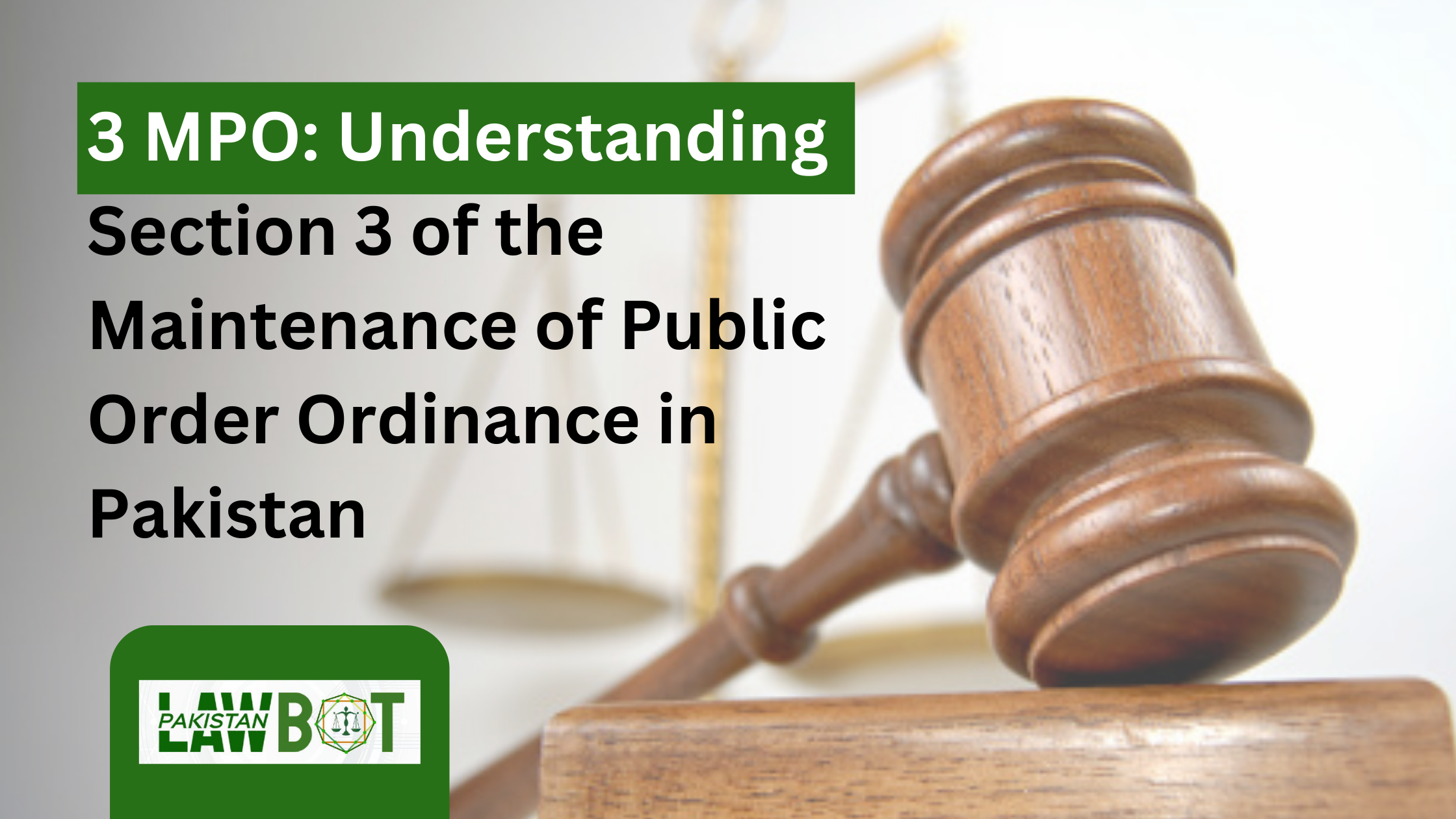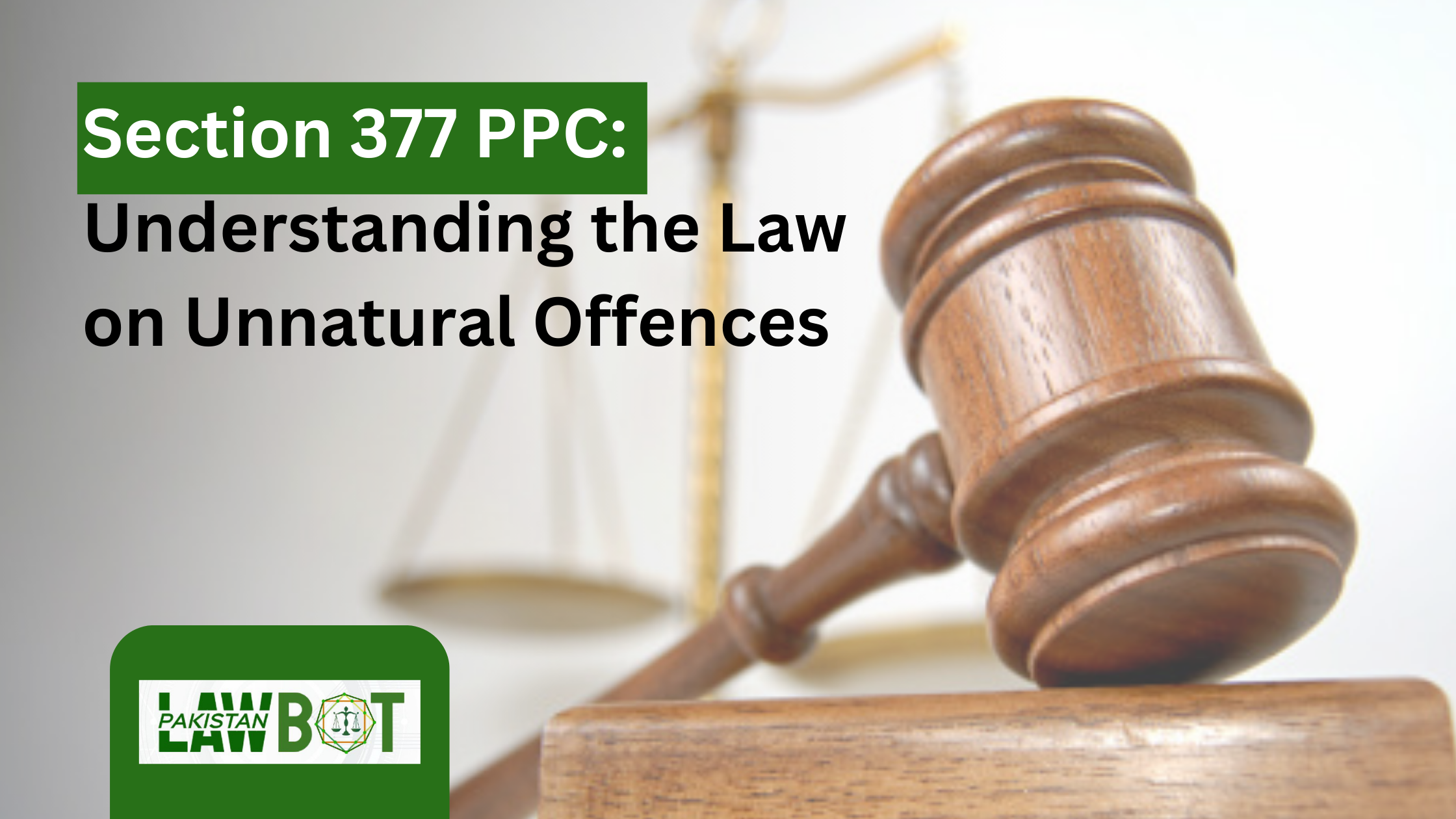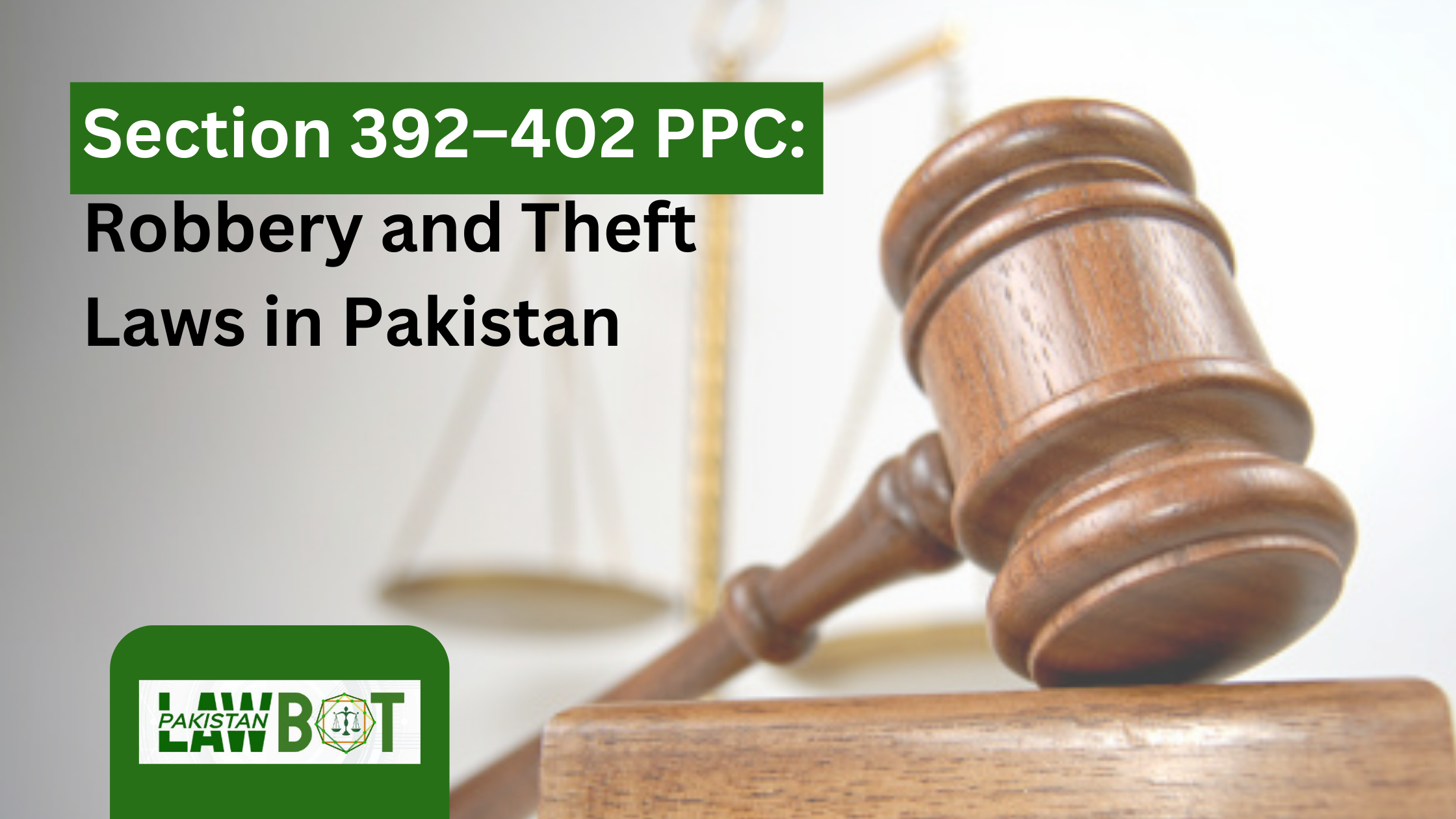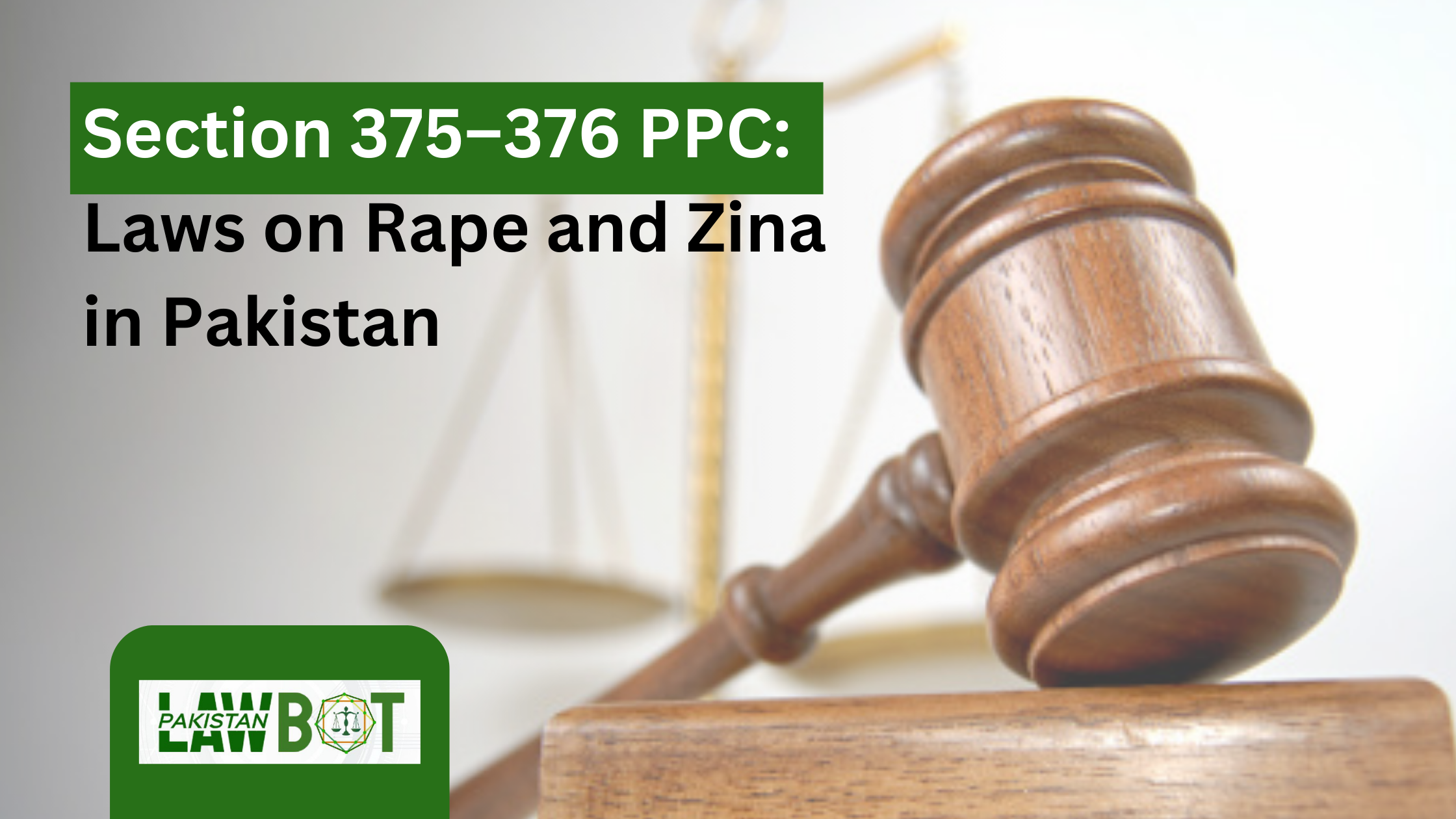INTRODUCTION:
“Ignorance of law is no excuse”.
This is the well embedded principle in all justice systems around the world which implies that you should have knowledge and awareness about the laws of country you are living in. You cannot defend yourself in a court of law by saying that you did not know about the law or its complexities so you should be forgiven. Law is for all, not just for lawyers, judges and police officers.
Owing to this necessity, this piece is written for the ordinary people whom I termed as laymen, who may not have legal background but still deserves to understand the laws which govern their daily lives. I will explain in this writing, the basic principles, structure and different provision related to the Pakistan penal code which is the main law that governs the criminal offences in Pakistan.
This is the code which deals with the different crimes i.e. murder, theft, rape, assault etc. A very common term “302” which people often listen in news and routine conversations comes directly from this code referring to a section dealing with a specific crime(murder).
So, after reading this piece of writing a layman will get the basic understanding of what is PPC, what does different sections mean, different crimes and their punishments and a general overview of this code.
WHAT IS THE PAKISTAN PENAL CODE (PPC):
Pakistan penal code commonly abbreviated as PPC is the main criminal law of Pakistan. It is the code which defines the crimes and their punishments. Courts seek help of this code to decide whether a particular act is a crime or not. It is a substantive law. Whether it’s a minor offence like assault or nuisance or serious crime like murder, PPC provides the legal foundation for dealing with it.
If we see the history of this code then originally this code was drafted by British during colonial rule in 1860 as Indian penal code. After independence in 1947, Pakistan adopted this code as core criminal statute and amended it overtime when the need arise due to changing local values, constitutional development and religious considerations.
It consists of 23 chapters and 511 sections dealing with wide range of offences and It applies to all citizens of Pakistan. Each chapter covers a category of offences for example chapter II deals with general explanation and chapter XVI deals with offences against human body (like murder, hurt). Each section has a specific number and usually addresses the definition of an offence, its punishment etc.
IMPORTANT PRINCIPLES OF CRIMINAL LAW:
To understand how the PPC works it’s important to know some basic principles of criminal law. Two essential elements must be present for an act to be considered a crime: Actus Reus and Mens Reus. These are Latin terms used in legal language.
Actus Reus means the physical act. The actual illegal thing a person does, for example hitting someone, stealing money etc. it is the physical element of a crime.
Mens Reus means guilty mind and it refers to mental state or intention behind the act. When someone steals money with the intention of stealing, it is the Mens Reus the criminal intent and the act of stealing is Actus Reus. In most criminal cases both these elements must be present to assign criminal liability to an individual.
Another important point regarding the Pakistan penal code is that the penal section is usually mentioned in the FIR. For example, section 300 defines the qatl-e-amd and section 302 provides the punishment for qatl-e-amd and is the penal provision. The Penal provision of any offence is typically mentioned in FIR (first information report).
AN OVERVIEW OF KEY CHAPTERS IN PPC:
Here we will discuss some important chapters and different provisions of this code.
CHAPTER II is about the general explanations. Every code defines and explains different terms which are used in the code so that there may be no ambiguity relating to the meaning of these terms while interpreting in court. For example, what is meant by court of justice or any other word used in the code is explained in this chapter.
CHAPTER III is about the punishments. Ten types of punishments are given in this code to which offenders are liable including imprisonment, fine, death sentence. These all are types of punishments and seriousness of crimes decides the nature of punishment given to an offender. Different other matters related to punishments are also discussed in this chapter like the president’s power to grant pardons and commutations of sentence.
CHAPTER IV is about the general exceptions and is one of the most important chapters of this code. These are the situations in which a person is not held responsible for crime under the law. If a person commits a crime even then law can excuse them under these circumstances which are discussed in this chapter. For example, section 82 states that “nothing is an offence which is done by a child under ten years of age” section 96 talks about the right of private defence and nothing is an offence which is done in exercise of this right.
Similarly, there are many other situations in which a particular act is not considered a crime such as:
- An act committed by insane person
- An act done in goth faith for the benefit of child
- An act done by accident, without any criminal intent or knowledge
- An act committed by a person legally bound by law, such as a soldier firing on a mob by order of superior officer.
CHAPTER V is about abetment. This is about helping or encouraging someone to commit a crime. In simple terms if someone has not committed a crime but helped, encouraged or supported someone doing it, he is responsible under law. For example if a person encourages a friend to commit theft and provides the necessary information, even if he does not participate in theft himself, he is guilty of abetment.
CHAPTER VIII deals with the offences against the public tranquility (peace and order). It includes different offences like unlawful assembly, rioting, assaulting or obstructing public servant when suppressing riots. Affray is also discussed under section 159 in this chapter which is fighting by two or more persons in a public place.
CHAPTER IX is about the offences committed by or relating to public servants. Different punishments are prescribed in this chapter for the public servants taking gratification other than legal renumerations in respect of an official act. In simple words this chapter mainly addresses the bribery and its various forms. Other sort of offences relating to public servants which are discussed in this chapter includes Section 170 which criminalizes the personation of public servant by any person.
CHAPTER XV deals with the offences relating to religion. It penalizes any act intended to insult any religion or hurt the religious feelings of someone. Section 295 which is one of the most discussed section under this chapter is titled as “injuring or defiling place of worship, with intent to insult the religion of any class”. Section 295-C provides the punishment of death or imprisonment for life for the use of derogatory remarks in respect of Holy Prophet (P.B.U.H). section 298-C prohibits the persons of Qadiani group to call themselves Muslim and preach their faith and assign criminal liability to anyone violating it.
CHAPTER XVI is one of the most important and detailed chapter of this code and deals with the offences affecting the human body and human life. Section 302, widely discussed and quoted section of this chapter is about the Qatl-e-Amd which is the intentional murder of someone. Besides qatl-e-amd this chapter discusses three more types of homicide.
- Qatl-e-Khata, when someone causes the death of a person by mistake without any intention to kill.
- Qatl-bis-Sabab, when someone does any unlawful act without any intention to cause harm or death to someone but that unlawful act resulted in the death of any person.
- Qatl Shibh-e Amd, when someone does something with intention to cause only harm but the death is caused in result of the act.
Law prescribes different punishments for the offences of qatl such as: arsh (pre-defined compensation), daman (compensation decided by court), diyat (blood money), qisas (equal retaliation) and tazir (discretionary punishment by court).
The chapter also provides the elaborated rules for these punishments including the rules regarding waiver by wali (legal heirs) of the victim. Section 303 discusses the offence of qatl committed under compulsion and provides punishment depending upon the nature and extent of the duress applied on the offender.
Besides qatl, topic of hurt is discussed in great detail in this chapter. Hurt is the causing of pain, injury, infirmity to the body of any person without causing death. It includes everything from a minor injury causing momentary pain to the permanent disfigurement of any organ. Different punishments are provided for different kinds of hurt depending upon the different factors like severity of injury, the body part where injury is caused, effect of the Injury etc. For example, causing injury to the head may carry different punishment than injury to the leg and similarly an injury causing minor bleeding is punished differently than an injury causing a fracture.
CHAPTER XVI-A deals with the offences of wrongful restraint and wrongful confinement. Punishments are provided for wrongfully restraining and confining any person for different motives. Offences of Assault and criminal force also discussed in this chapter. Section 354 provides the punishment of 2 years imprisonment with fine in case of assault or criminal force to woman with intent to outrage her modesty. Rules are provided when assault or criminal force is committed under grave provocation and relatively less punishment is provided in that case.
Section 359 talks about kidnapping and give its two types, kidnapping from Pakistan and kidnapping from lawful guardianship. Section 362 defines abduction. There is a technical difference between kidnapping and abduction provided in this code although in everyday language both words sound same. Kidnapping refers to taking away a minor (a male under 14 years and female under 16 years of age) or a person of unsound mind without the consent of their guardian. While abduction involves using force, deceit or any other means to move any person (not necessarily a minor) without the consent of that person. The chapter also discusses kidnapping or abduction done for different unlawful purposes and provides punishment accordingly, for example 365-B talks about “kidnapping, abducting or inducing woman to compel for marriage.”
Section 369-A deals with human trafficking while section 374 penalizes the unlawful compulsory labor. Section 375 defines the offence of rape and provides severe punishments for it. Subsequently other associated offences such as gang rape, disclosing identity of victim of rape etc. are also discussed in the chapter.
CHAPTER XVII deals with the offences against the property which includes theft, extortion, robbery and others. It is one of the most important chapters of this code due to its wider practical application. Section 379 provides the punishment for the offence of theft which is imprisonment of either description for a term which may extend to 3 years or with fine or with both. Extortion is discussed in great detail in this chapter which in simple words is, inducing a person by threat of injury or any other fear and causing that person to deliver any property or valuable security.
Robbery and dacoity is discussed in section 390 and 391 respectively. In simple words robbery is a form of theft or extortion that involves immediate threat of death or violence. For example, if someone points a gun and say “give me your phone or I will kill you” it is considered robbery and when the same offence is committed by 5 or more persons than it becomes dacoity. Similarly, other offences like cheating, criminal breach of trust and hijacking are also discussed in this chapter.
CHAPTER XVIII deals with offences relating to documents and trade or property marks. Section 463 defines the forgery which in simple words means making a false document or altering a real one with intent to cause harm, commit fraud or deceive someone. For example, if someone creates fake property paper to show that the property belongs to him, that is considered forgery. The chapter discusses different forms of it and provides punishments accordingly such as: forgery of court records, valuable securities or documents made to cheat or damage someone’s reputation.
Using a false trade mark or property mark with the intention to deceive others – for example, to falsely show that certain goods or property belong to someone whom they actually don’t – is an offence under section 482 of this chapter. Section 489-A deals with serious offence of counterfeiting currency notes, bank notes or bonds and provides strict punishment of imprisonment for life or for a term which may extend to 10 years along with fine. Section 489-F which is very commonly applied section in practice deals with the offence of dishonestly issuing a cheque. When a person issues a cheque towards re-payment of loan or fulfilment of an obligation, and the cheque is dishonored on presentation (due to non-availability of funds) the said offence is committed – unless the accused can prove that the bank was at fault.
Section 511 under CHAPTER XXII criminalizes the attempt to commit an offence although the offence has not been committed. For example, a person makes an attempt to steal some jewels by breaking open a box and finds after so opening the box that there is no jewel in it. He has committed the offence under section 511.
CONCLUSION:
Criminal law governs our daily lives by setting the boundaries of our actions and ensuring order within a society. In Pakistan, the Pakistan Penal Code (PPC) serves as the guiding framework that defines illegal acts and prescribes punishments to uphold justice. It is an extensive code dealing with a wide range of offences from assault and affray to serious crimes like murder and rape.
It is the obligation of every citizen to act in accordance with the law, and that is only possible when one is aware of what the law actually says. This piece of writing serves that very purpose- helping people understand their rights and obligations under the law. When people are legally aware it leads to a more just, informed and orderly society.
“Legal knowledge isn’t just for lawyers-it’s the responsibility we all share.”






